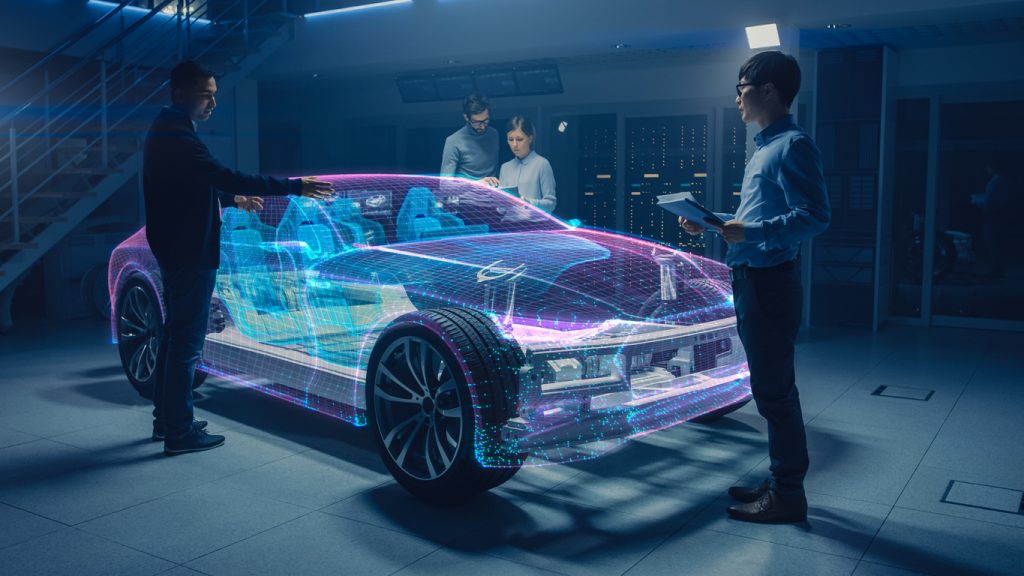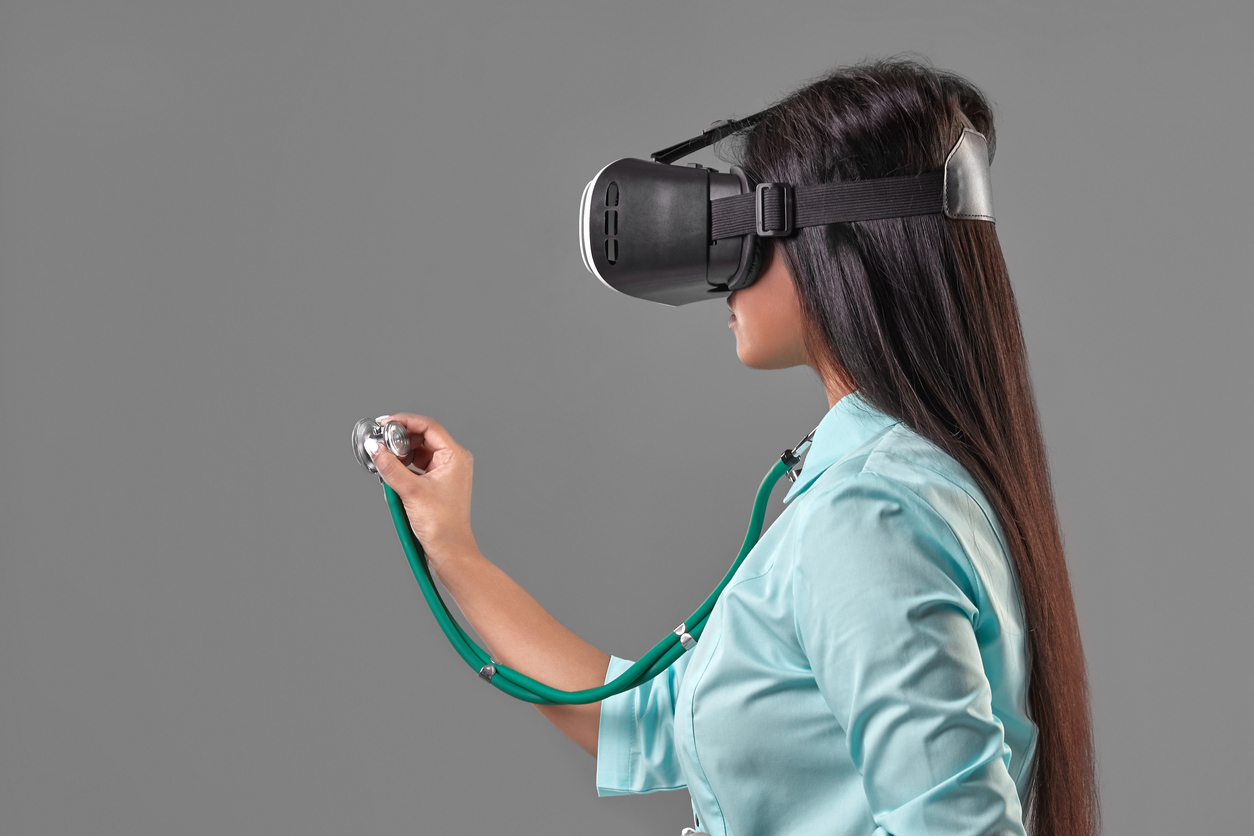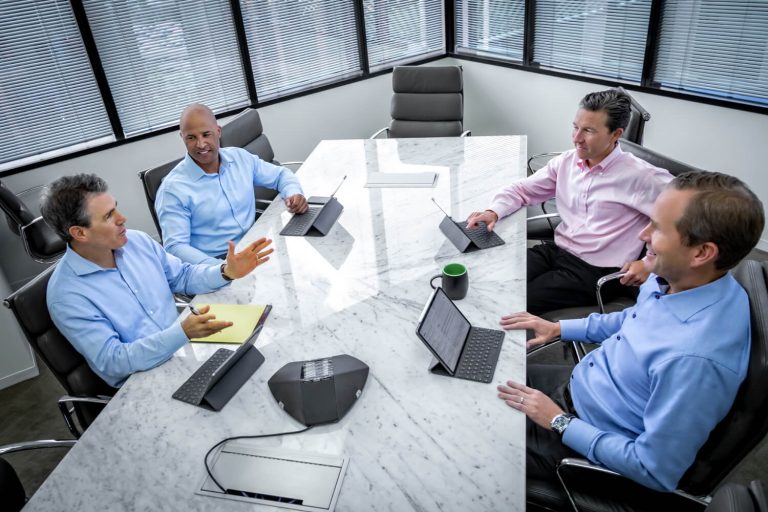
Companies can use AR to boost their efficiency. VR prototyping, employee training, and virtual office environments become essential for future success.
Virtual reality has gradually developed an image of something similar to a nice playground. But it can be used for quite serious purposes. Companies must consider the following use cases they can benefit from.
VR Prototyping
Before you launch an expensive product, you always create a prototype that should be very close to reality. It works well with consumer products, ranging from electronics to vehicles. But what about prototyping immobile facilities, or other “heavy” and resource-consuming products? How do you know what it feels like for your customer to stay or move inside it?
3D tours used to be one of the methods for answering these questions. But they now have a solid and eventually mature rival: virtual reality prototyping. In the construction industry, AR does not only allow to virtualize the result but also the very construction process. The whole factories can be simulated to help investors in making an informed decision. And companies can acquire project financing easier.
Augmented reality prototyping enables manufacturers to save money and perform a virtual test drive before building a physical prototype. Moreover, such simulations can be used by dealers or retailers to attract customers, even during a pandemic.
Although simulated test drives have a lot in common with computer games, they are a serious instrument in raising your sales KPIs.
Virtual Reality for Training Employees
You may know that simulations are also great for training. Previously, a person would sit in front of a screen. In the best case, he or she would be provided an isolated space to avoid possible distractions. But, when you have VR goggles on, you do not even need this, since your side vision is also immersed in the training simulation. This boosts effectivity of training programs.
Moreover, VR goggles or headsets are very compact in comparison with the equipment that was used for simulation training before. You can store more of it easily in the training facility and train more employees at the same time. You can send the VR headset to someone who is working from home.
Indeed, the biggest advantage of VR employee training is its closeness to the real environment. VR can emulate difficult situations. It is actively used to train police officers and merchandisers that have their shifts during Black Friday sales.
The AR technology may be starting a new era in customer service preparing support employees to handle unusual situations.
A Virtual Reality Office
While some people may be enjoying a permanent home office mode, many teams have been suffering from the absence of shared office space. Brainstorming does not work as well online as it does offline. You cannot see the reactions of your colleagues quickly enough. Introvert persons keep silent throughout the sessions since they miss a moment to speak up.
Besides, a social component is important for team building. Video conferencing helps to concentrate on dry facts but personal communication is completely out.
Augmented office environments enable you to recreate the working atmosphere and bring the post-COVID team spirit to a new level. There are numerous applications that help to simulate a meeting in a physical meeting room. Your employees won’t be looking at a flat screen, they will be sitting in a virtual 3D room surrounded by their co-workers.
This environment won’t be looking like a cartoon copying your usual office space. It will be augmented. You can hold workshops and have name badges floating near participants. You can have your collaboration tools open and work on projects together.
Fascinated by VR?
Want to make your company an industry leader? Contact Laminar to implement your corporate VR strategy.
Share this Article:



